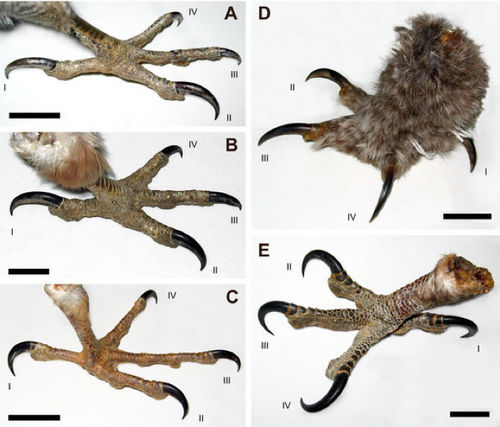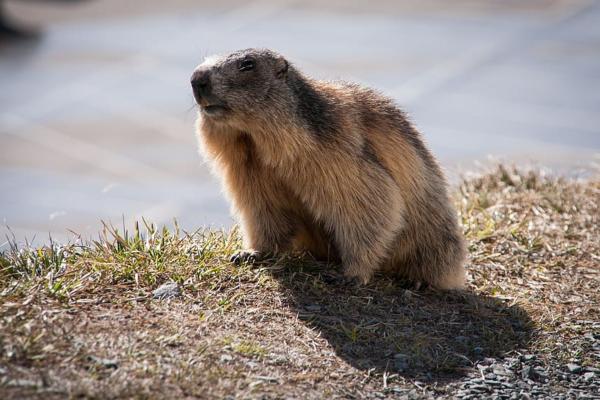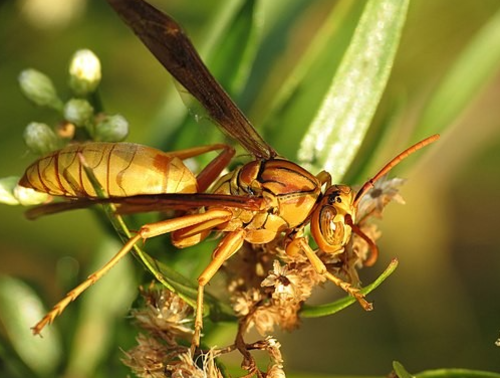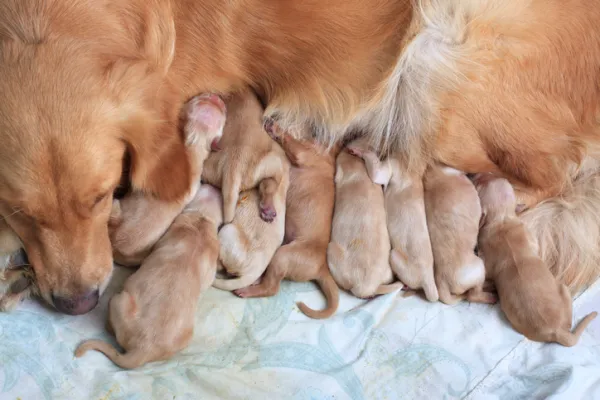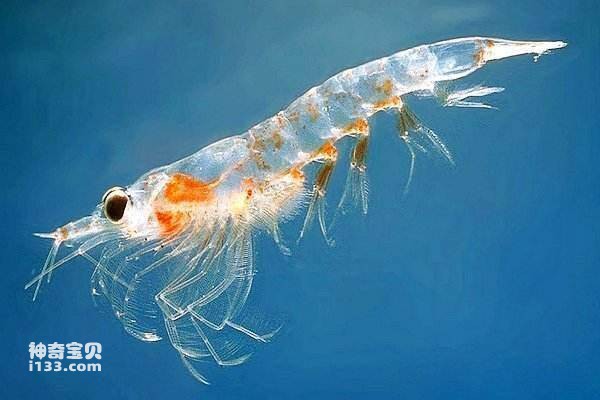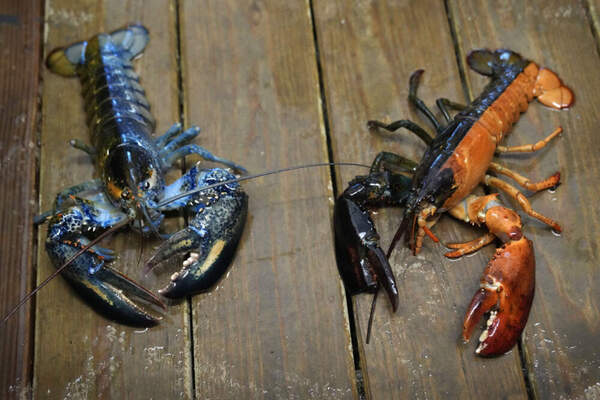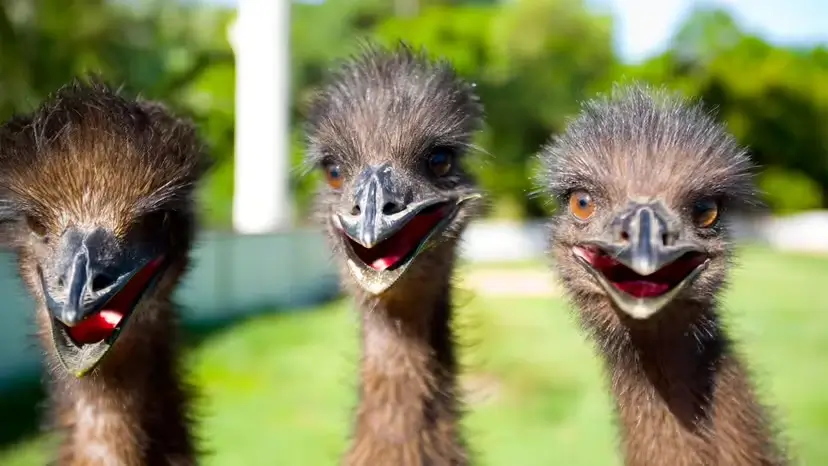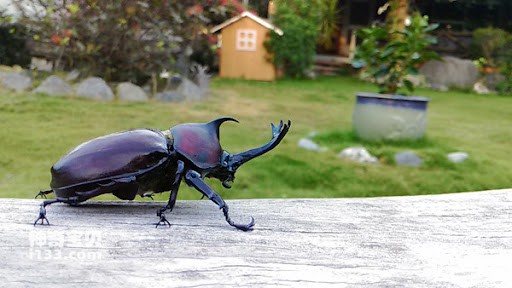In the animal kingdom, sharp claws are an important survival tool for many species. Whether used for Hunting, defense or climbing, the claws of animals play a vital role in daily life. This article will take a deep look at the relationship between sharp claws and animals, revealing how these claws help them obtain food, protect themselves in nature, and Self and adapt to various environments.
1. Sharp claws and hunting
For many carnivores, sharp claws are the key weapon for successful hunting. Animals are able to easily catch prey, tear meat or subdue enemies.
a. Big cats (such as lions, tigers, cheetahs)
Claw function: The claws of big cats are extremely sharp and retractable. When they are ready to hunt, they will extend their sharp claws. , so as to firmly grasp the prey. During the hunting process, the claws can help them maintain balance and exert greater force when pouncing on the prey.
Claw Structure: The claws of these animals are curved and sharp, which can firmly grasp the skin or flesh of prey and prevent them from escaping.
b. Birds of prey (such as eagles, owls, falcons)
Claw function: The claws of birds of prey are called "sharp claws", which are not only used to catch prey, but also can directly penetrate the body of prey. Dive down quickly from the air and grab prey, such as rodents or small birds, with precision.
Claw structure: The claws of birds of prey are very hard. It has a curved tip that allows it to firmly grasp its prey and prevent them from escaping.
c. Reptiles (such as lizards, chameleons)
Claw function: Although not as sharp as the claws of birds of prey, some lizards and reptiles also use sharp claws to prey on insects or small animals. Sharp claws allow them to quickly grab the target , especially to enhance their mobility when climbing trees or rocks.
2. Sharp claws and defense
Animals not only use their claws to hunt, but also use them to protect themselves from predators or enemies. The sharp claws become their first line of defense when facing danger.a. Self-defense of cats
Paw function strong>: Domestic and wild cats use their claws not only to catch prey, but also for defense. When threatened, they will quickly extend their claws and make an aggressive gesture to warn the enemy to keep their distance.
The role of claws: Claws can quickly cause damage and prevent opponents from getting close when fighting other animals.
b. Bears' defense and offense
The function of claws: Bears' claws are very thick and sharp, mainly used to dig for food, but they can also become powerful defensive weapons when facing threats. Bears can use their claws to quickly attack enemies and cause great damage.
The power of claws: Bears' claws are not only long and hard, but can easily scratch the skin or bite through the body of prey when defending or attacking.
c. Porcupine self-defense
Claw function: Although the claws of porcupines are not as sharp as those of other predators, they can effectively protect themselves with the thorns on their bodies. Porcupines use their claws to grab tree trunks or soil, helping them to escape quickly when attacked.
3. Sharp claws and climbing
For many arboreal animals, sharp claws are an important tool for their daily climbing. These animals rely on claws to stabilize themselves on vertical surfaces, find food or avoid predators.
a. Sloths and Arboreal Animals
Claw Function: Sloths have long curved claws that allow them to grip branches tightly, helping them to move in high places. Sharp claws allow sloths to hang firmly on trees and avoid falling.
Claw Function: Although these claws are not used for hunting, they have a protective function in their habitat, helping them stay in a safe high place and away from predators on the ground.
b. Monkeys and primates
Claw function: Although most primates have nails instead of claws, some monkeys still retain sharp claw-like structures. Their claws allow them to move quickly between trees and more easily grab branches for jumping or climbing.
4. Sharp claws and foraging
Sharp claws not only help animals catch prey, but also play an important role in the foraging process. Some animals use their claws to dig for food or collect plants, helping them to obtain resources more efficiently.
a. Bears' Foraging
Claw Function: Bears use their claws to dig into the soil, destroy beehives, and search for food. Sharp claws help them dig out roots, insects, and even small mammals hidden underground.
b. Armadillos and Burrowing Animals
Claw Function: Armadillos and other burrowing animals, such as moles, use their claws to quickly dig into the ground to find insects and other food sources. Sharp claws allow them to easily penetrate the soil and find food hidden underground.
Conclusion: Importance of Claws in Animal Survival
Sharp claws are essential tools for many animals to survive. They not only help animals hunt for food, but also protect them from predators and even help them move around or forage in their habitats. The structure and function of claws vary in different species depending on the environment and needs, but they all play a vital role in nature. As a product of animal evolution, sharp claws demonstrate the power of natural selection, helping various animals adapt to their unique ecological environments.
